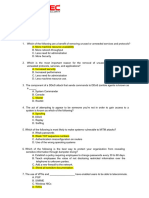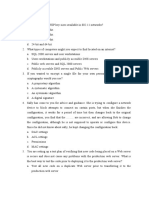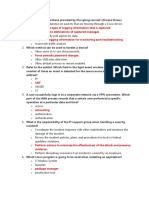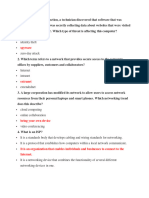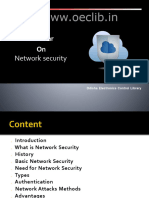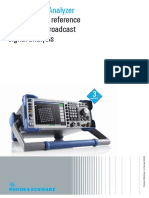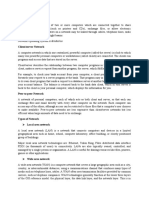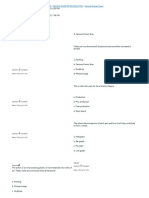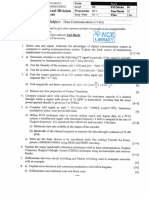0% found this document useful (0 votes)
35 views2 pagesNetwork and Security Exercise Fix
The document consists of exercises assessing knowledge on networking concepts, including true/false statements and multiple-choice questions. Topics covered include types of networks, network security, TCP/IP, and various cyber threats. Additionally, it includes discussion prompts for group work on network vulnerabilities and protective measures against attacks.
Uploaded by
Dipa Rama ilhamiCopyright
© © All Rights Reserved
We take content rights seriously. If you suspect this is your content, claim it here.
Available Formats
Download as PDF, TXT or read online on Scribd
0% found this document useful (0 votes)
35 views2 pagesNetwork and Security Exercise Fix
The document consists of exercises assessing knowledge on networking concepts, including true/false statements and multiple-choice questions. Topics covered include types of networks, network security, TCP/IP, and various cyber threats. Additionally, it includes discussion prompts for group work on network vulnerabilities and protective measures against attacks.
Uploaded by
Dipa Rama ilhamiCopyright
© © All Rights Reserved
We take content rights seriously. If you suspect this is your content, claim it here.
Available Formats
Download as PDF, TXT or read online on Scribd
/ 2






